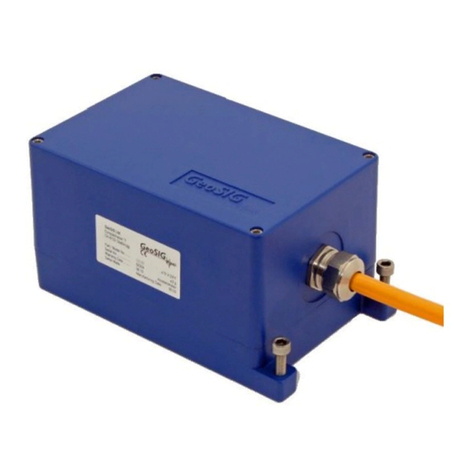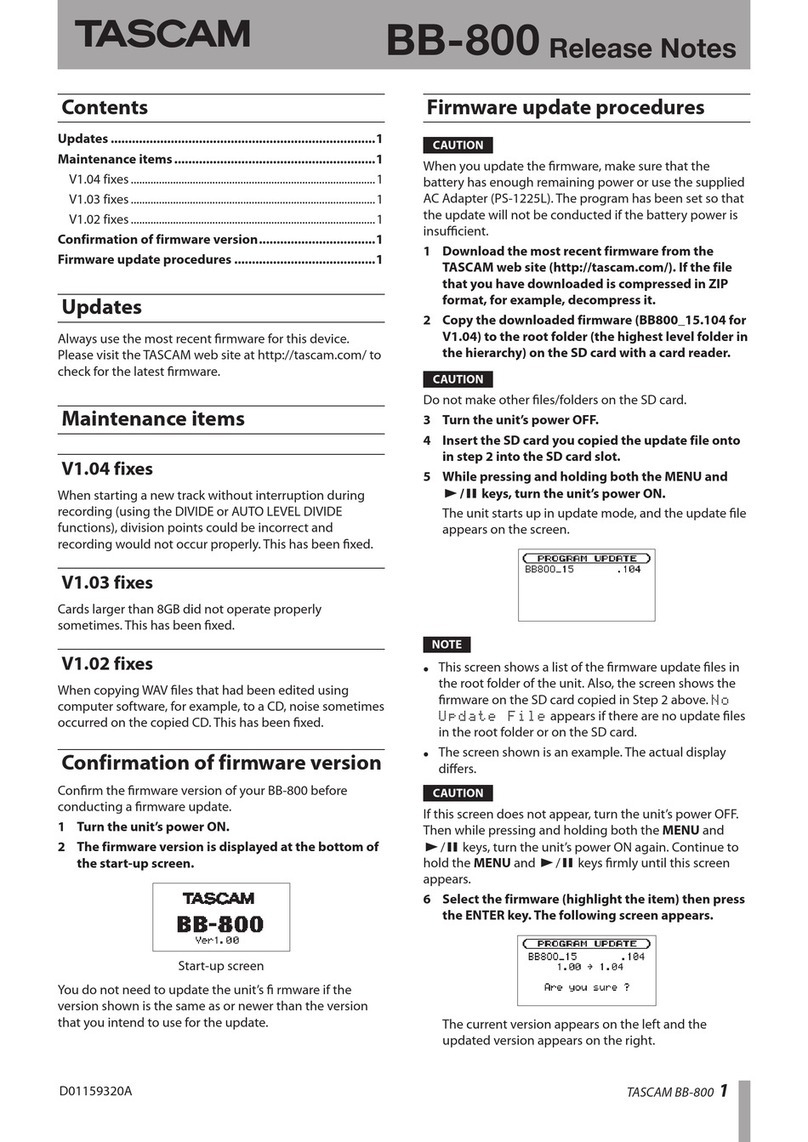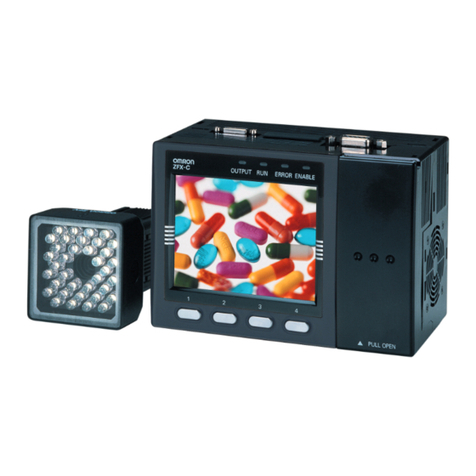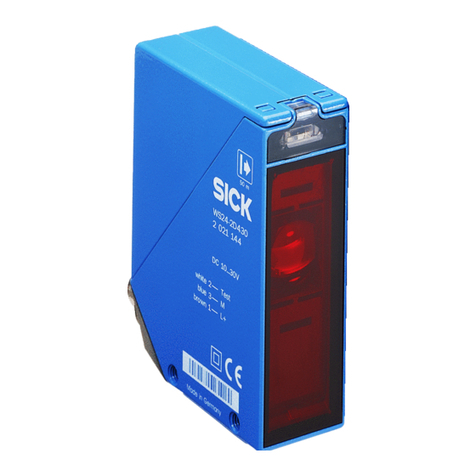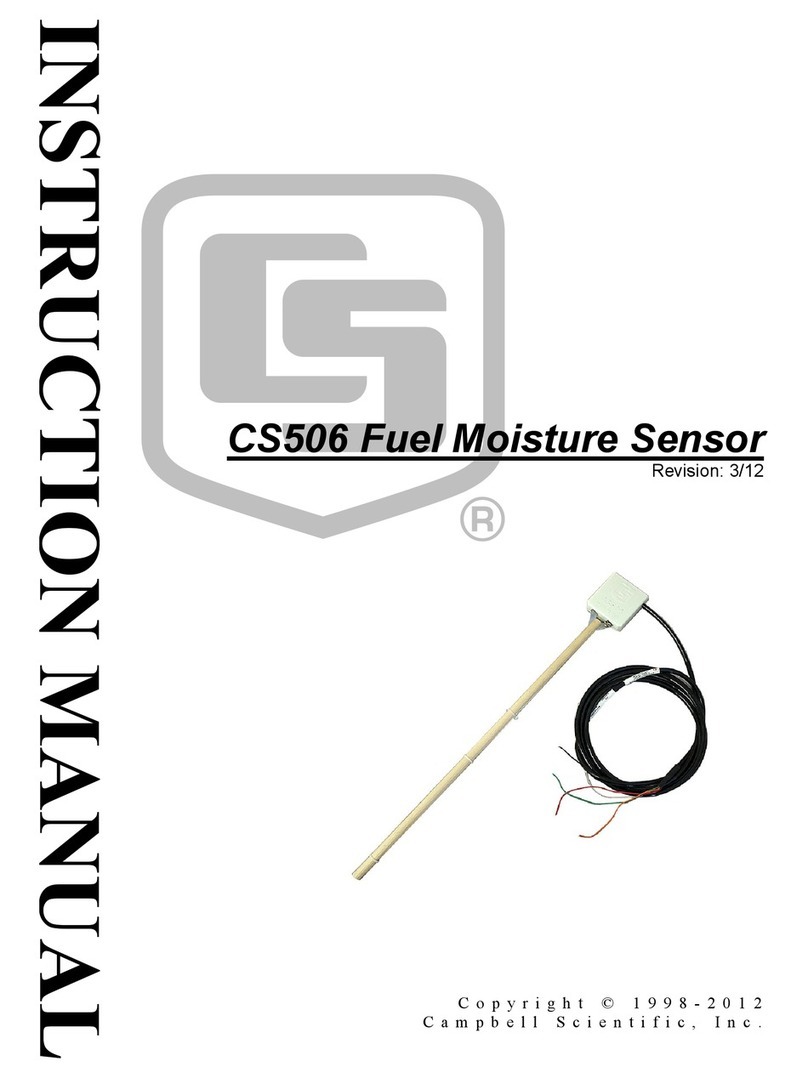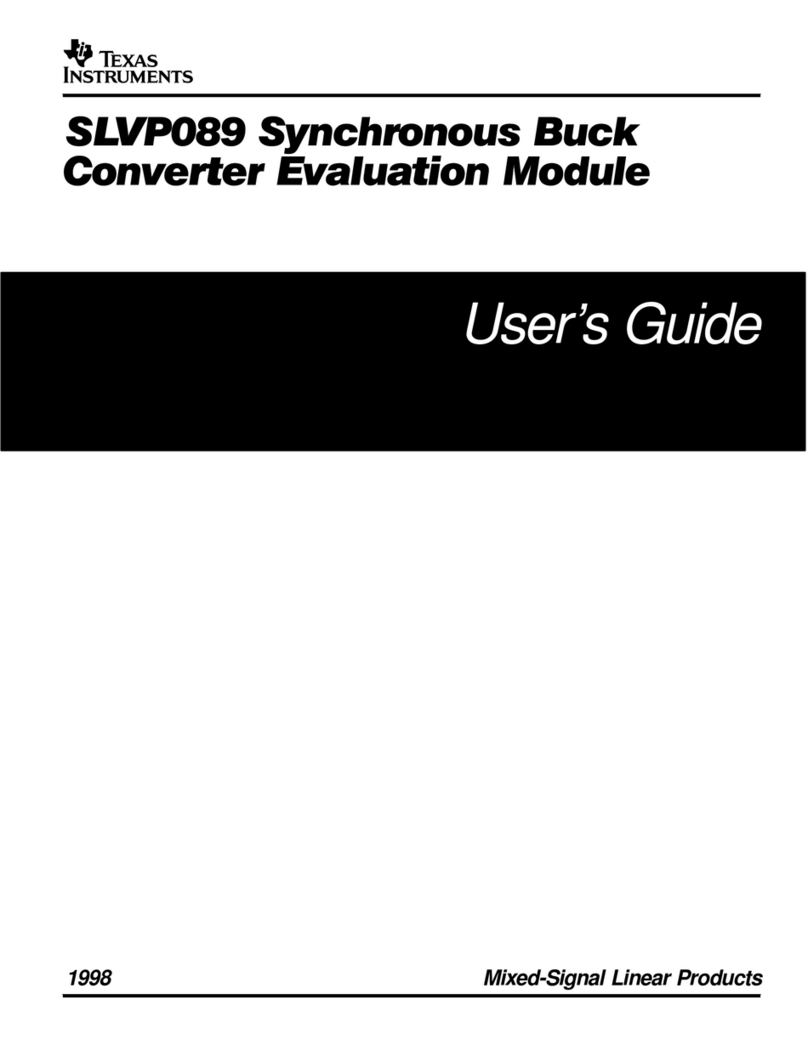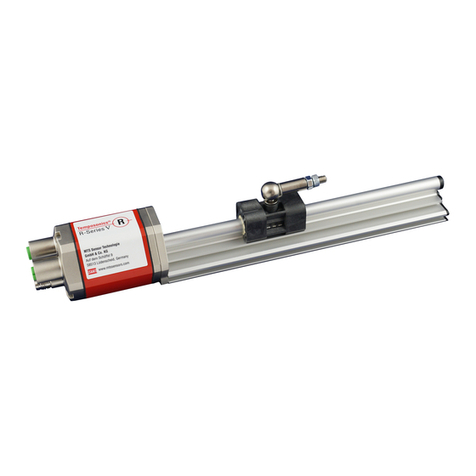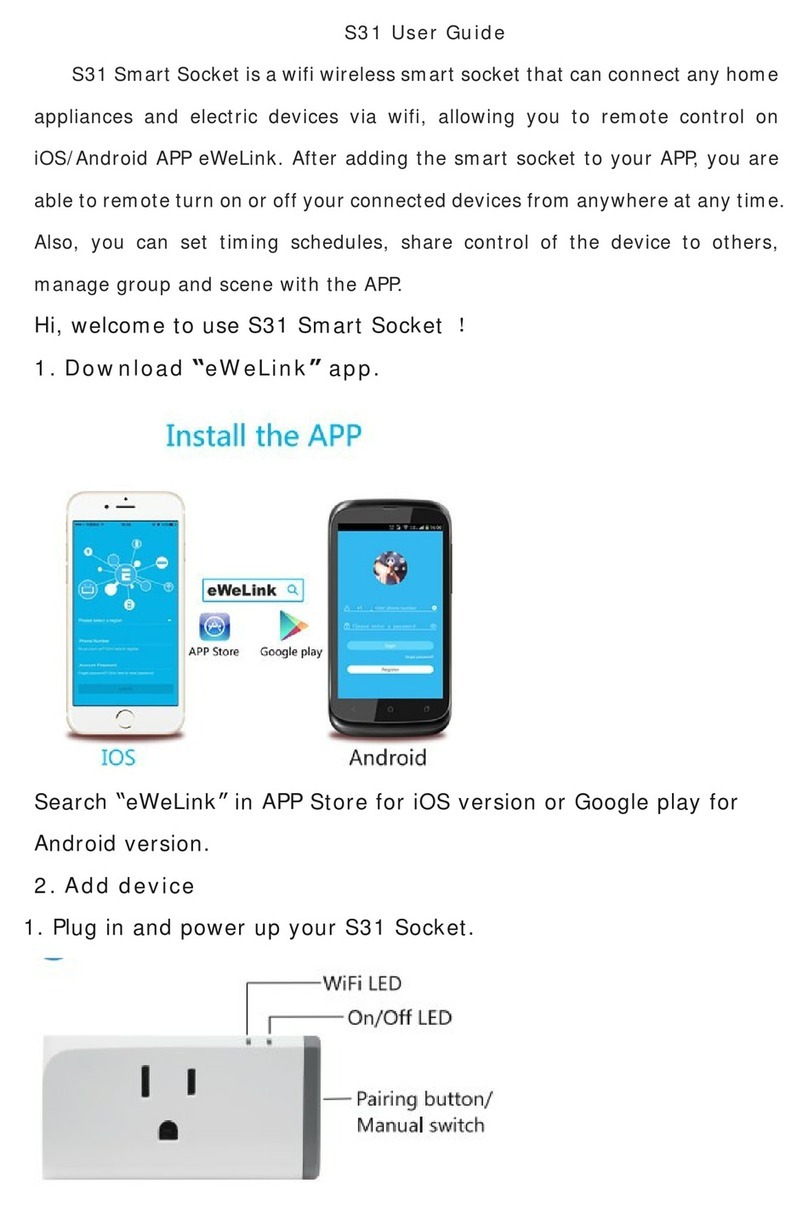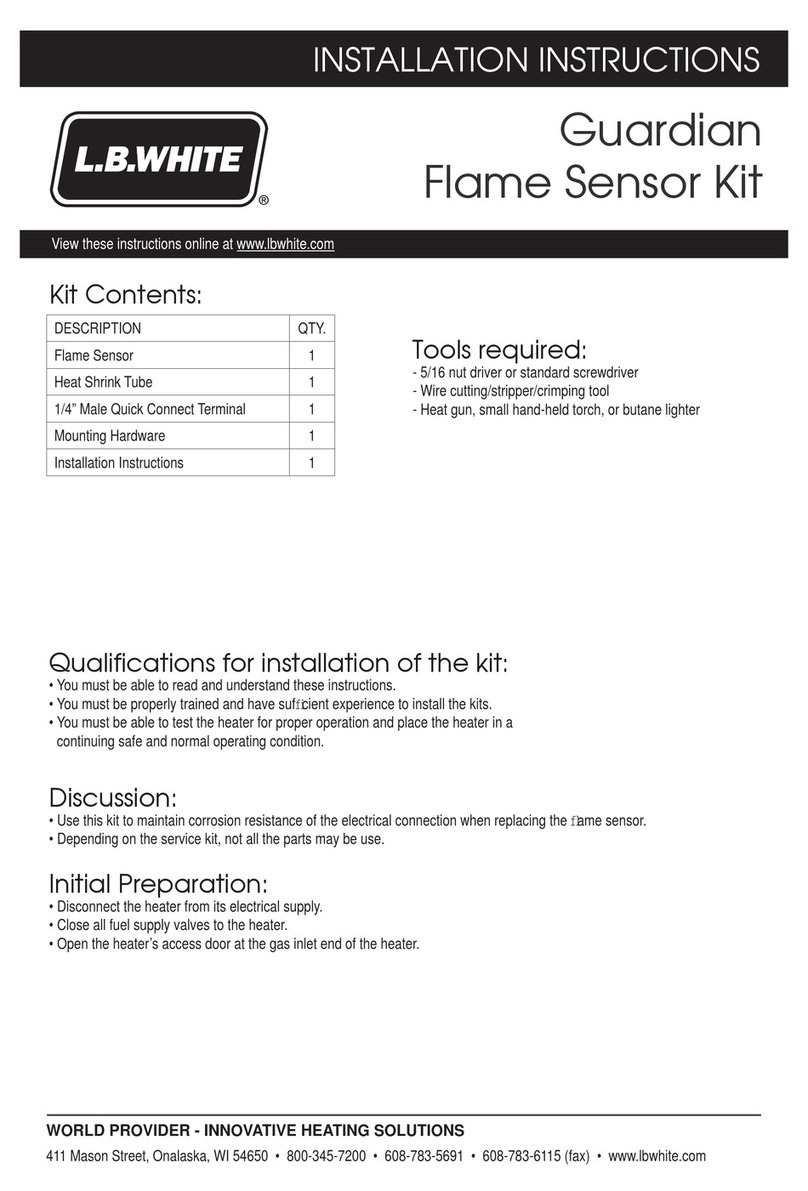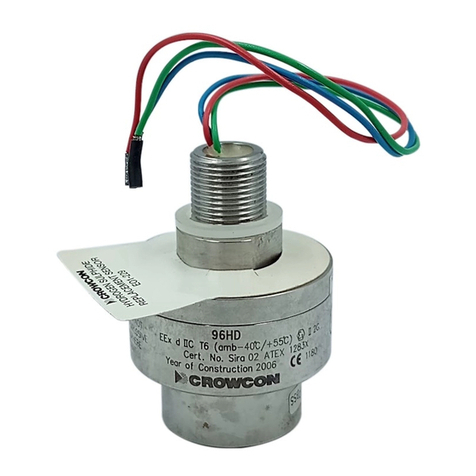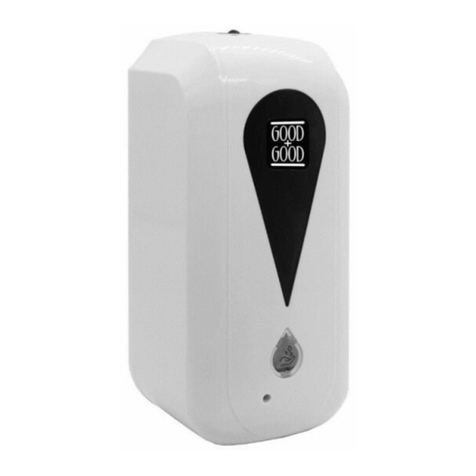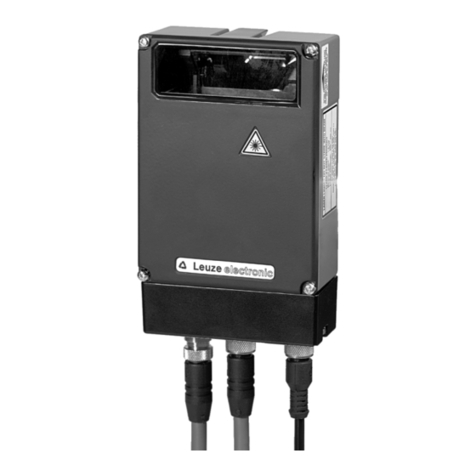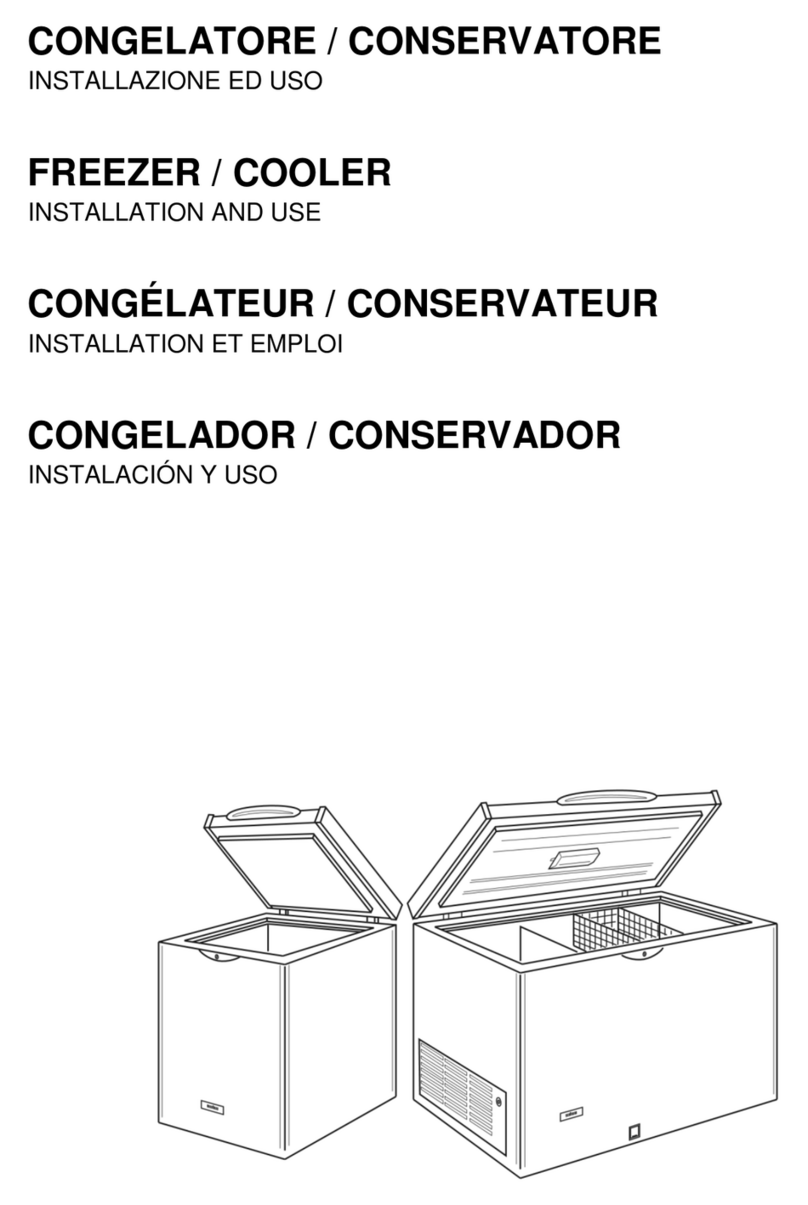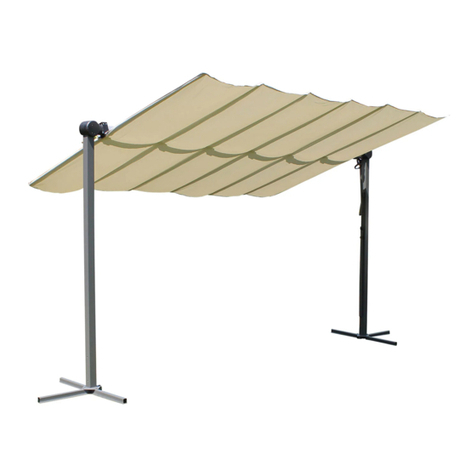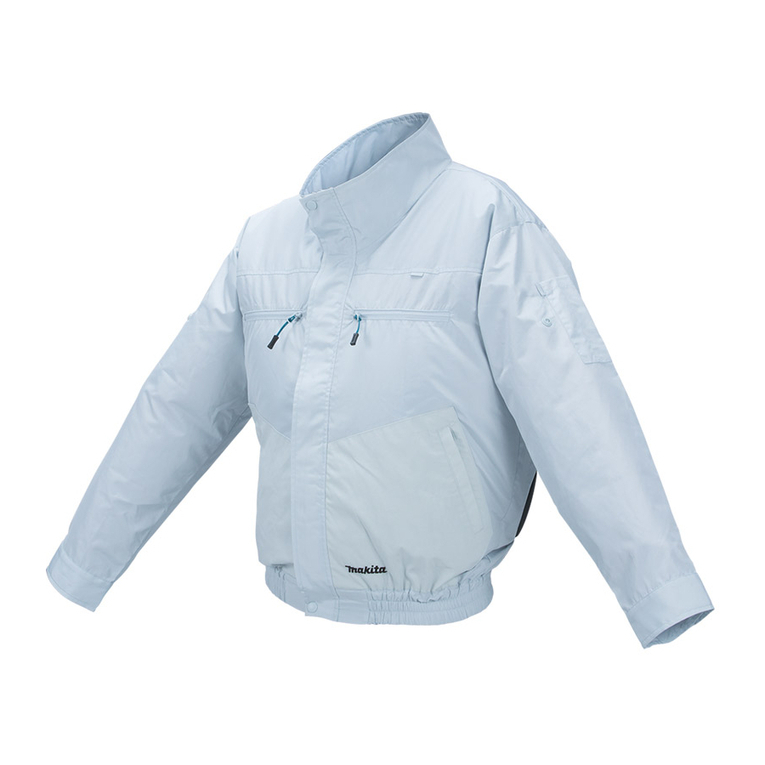GeoSIG VE-3x Series User manual

Company:
GeoSIG Ltd
Wiesenstrasse 39, 8952 Schlieren, Switzerland,
Tel: +41 44 810 21 50, Fax: +41 44 810 23 50, E-mail: info@geosig.com
Author:
Ralph Böniger
Checked:
Dr. Talhan Biro
Approved:
Johannes Grob
Level:
Customer, Public
Distribution:
GeoSIG Ltd
VE-3x Series Velocity Sensor
Installation and Operation Manual

GS_VE-3x_Operation_Manual_V04.doc/24.02.2022
VE-3x Series Velocity Sensor Page 2
Document Revision
Version
Date
Action
Prepared
Checked
Released
1
10.01.2005
First Version
RB
3
12.06.2014
New Logo and updated address
VAG
4
22.02.2022
Update housing dimensions
KEC
ALB
KEC
Disclaimer
GeoSIG Ltd reserves the right to change the information contained in this document without notice. While the information
contained herein is assumed to be accurate, GeoSIG Ltd assumes no responsibility for any errors or omissions.
Copyright Notice
No part of this document may be reproduced without the prior written consent of GeoSIG Ltd. The software described in
this document is furnished under a license and may only be used or copied in accordance with the terms of such a
license.
Trademark
All brand and product names mentioned are trademarks or registered trademarks of their respective holders.
All rights reserved
GeoSIG Ltd
Switzerland

GS_VE-3x_Operation_Manual_V04.doc/24.02.2022
VE-3x Series Velocity Sensor Page 3
Table of Contents
1. Introduction.................................................................................................................4
2. Installation...................................................................................................................4
2.1. Installing...............................................................................................................................4
2.2. Electrical Connection...........................................................................................................5
2.2.1. Cable Configuration, Specification and Length..........................................................................5
2.3. Axis Orientation Configuration ...........................................................................................6

GS_VE-3x_Operation_Manual_V04.doc/24.02.2022
VE-3x Series Velocity Sensor Page 4
1. Introduction
The GeoSIG VE-3x series velocity sensors consist of the following sensor types:
VE-31 uniaxial
VE-32 biaxial
VE-33 triaxial
All sensor types are implemented in the same water- and dustproof, 195 x 112 x 95 mm cast aluminium
housing. The modules inside the VE velocity sensors are quality geophones. Small size and single bolt
fixation allows for both saving space and installation time. Levelling is accomplished via three point levelling
screws. Alternatively, the flanges that support levelling can be used for mounting if desired.
2. Installation
The VE velocity sensors are fairly simple devices to use, but some care must be taken in installation to be
assured of proper performance. Because there are many considerations, we recommend that before starting
installation, you review each section of this manual to ensure the best possible chance of a simple
installation that works right the first time. Prior to and after installation we recommend that you verify
functionality of the VE velocity sensor and the cable assembly with testing the output signal of the sensor.
This may save time and trouble as well as give confidence that connections are done correctly.
The location of the sensor, preferably as close as possible to the associated recorder, should be as level and
smooth as possible and the foundation should be of concrete, rock or similar material which is perfectly
bonded to the ground or structure to be measured or monitored. Special installations such as installing
vertically on a reinforced concrete wall (i.e. vertical foundation) are also possible, provided that the sensor is
compatible with the required orientation, the location is appropriately selected and the sensor is properly
mounted.
2.1. Installing
The VE velocity sensor must be firmly mounted to the foundation and levelled using the single centre pivot
bolt and the three point levelling screws. "T" slot on the bottom and side of the sensor housing are made to
accept an M8 x 35 mm stainless steel bolt head. This centre pivot bolt is first fastened to the foundation
leaving approximately 18 –20 mm of height above the installation surface. The sensor, at its “T” slot, is then
slipped onto the bolt head and oriented in the proper direction. The three point levelling screws are then
adjusted and tightened to both level the sensor and securely fasten it to the surface.
In order to prevent any damage to the sensor housing or the fixation screw and/or anchor, do not
tighten the levelling screws using excessive force.
Use a bubble level and place it on the top of sensor surface, level first along one axis, then the other as final
levelling adjustments are made.

GS_VE-3x_Operation_Manual_V04.doc/24.02.2022
VE-3x Series Velocity Sensor Page 5
2.2. Electrical Connection
The connections and pin assignment is shown in Table 1.
Table 1. VE-3x Sensor Cable Pin Assignment
7 Pin
Name
12 Lead Cable Colour
Description
1
Sens_X_HI
white
X-Signal high
2
Sens_X_LO
brown
X-Signal low
3
Sens_Y_HI
green
Y-Signal high
4
Sens_Y_LO
yellow
Y-Signal high
5
Sens_Z_HI
pink
Z-Signal high
6
Sens_Z_LO
grey
Z-Signal low
7
Shield
Shield
Shield
The analog output voltages of VE velocity sensor are referenced to 0 VDC with a sensitivity of
27.3 Vs/m.
2.2.1. Cable Configuration, Specification and Length
The cable configuration, specification, length and quality of installation affect the quality of analog signal
received, the cost of materials and the long-term reliability of the system. When cabling is ordered as part of
the system, GeoSIG engineers review the installation plan and the cable specifications as well as
environmental conditions to assist you in achieving a reliable and cost effective installation. Following the
guidelines outlined below will help further ensure your success.
A cable must not only be able to transmit power and signals, but must also survive the environment in which
it is placed. This includes chemical exposure, UV exposure, impact and cut protection, temperature extremes
and any regulatory safety requirements. Because the permutations are so numerous, it is not practical to
specify particular manufacturer's cable part numbers here. However, GeoSIG engineers will work with you to
help you specify an appropriate cable. The electrical parameters required for transmission of signals and
power is discussed below.
The cable construction must be an overall shielded twisted pair type for optimal protection from
electromagnetic interference (EMI) sources along the path of transmission. Normally the shield can be a foil
wrapper with a drain wire. However, if the cable is to be installed in close proximity to high voltage power
cables an overall braided shield is additionally recommended.
For optimum noise shield performance and maximum cable run lengths, the VE velocity sensor signals
should be paired as shown on Table 2.
Table 2. Cable Wire Pair Assignments
Pair
Wire Pair Function
1
X-Signal high and low
2
Y-Signal high and low
3
Z-Signal high and low
Connect the cable shield to the local ground at the recorder
Cables do not generate noise. However, longer cables increase the amount of the contributed noise from
external sources. Cables should always be routed as far from power distribution and control wiring as
possible. Again, if the cable needs to be installed close to power cables, an overall braided shield is
additionally recommended.
Cable resistance primarily determines the maximum cable length. This is not an issue related to analog
signal degradation since both the signal currents and the transmission bandwidth are comparatively quite
low. The main limitation is an outcome of voltage drops in the power supply due to cable resistance. The
following table lists typical conductor resistance values for twisted pair shielded cables.

GS_VE-3x_Operation_Manual_V04.doc/24.02.2022
VE-3x Series Velocity Sensor Page 6
Table 3. Typical Twisted Pair Shielded Cable Specifications
Diameter mm
Square mm2
Resistance
/km
AWG
0.25
0.051
371
30
0.42
0.14
135
-
0.45
0.159
114
25
0.51
0.204
93
24
0.53
0.22
86
-
0.64
0.321
52
22
0.80
0.5
39
-
0.81
0.515
34
20
0.98
0.75
26
-
1.02
0.817
21
18
1.13
1.0
19
-
While selecting a cable, a maximum total resistance of 100 should be taken into account and the values
out of the table above must be doubled (forward and back path) to have the correct resistance value.
2.3. Axis Orientation Configuration
The axis orientation configuration is printed on each sensor’s label that takes place on the housing.
Geophones are sensitive to the gravity; therefore the VE velocity sensor has to be placed in accordance with
the intended (and as purchased, i.e. horizontal or vertical) orientation.
Do not exchange the geophone axis orientation(s) without contacting GeoSIG. Doing so will
void the warranty of the instrument and might as well damage it completely.
The polarity of the signal can be changed basically by exchanging the connections to the geophone.
Also this action has to be coordinated with GeoSIG and must be executed by a skilled electrician.
Table of contents
Other GeoSIG Accessories manuals
